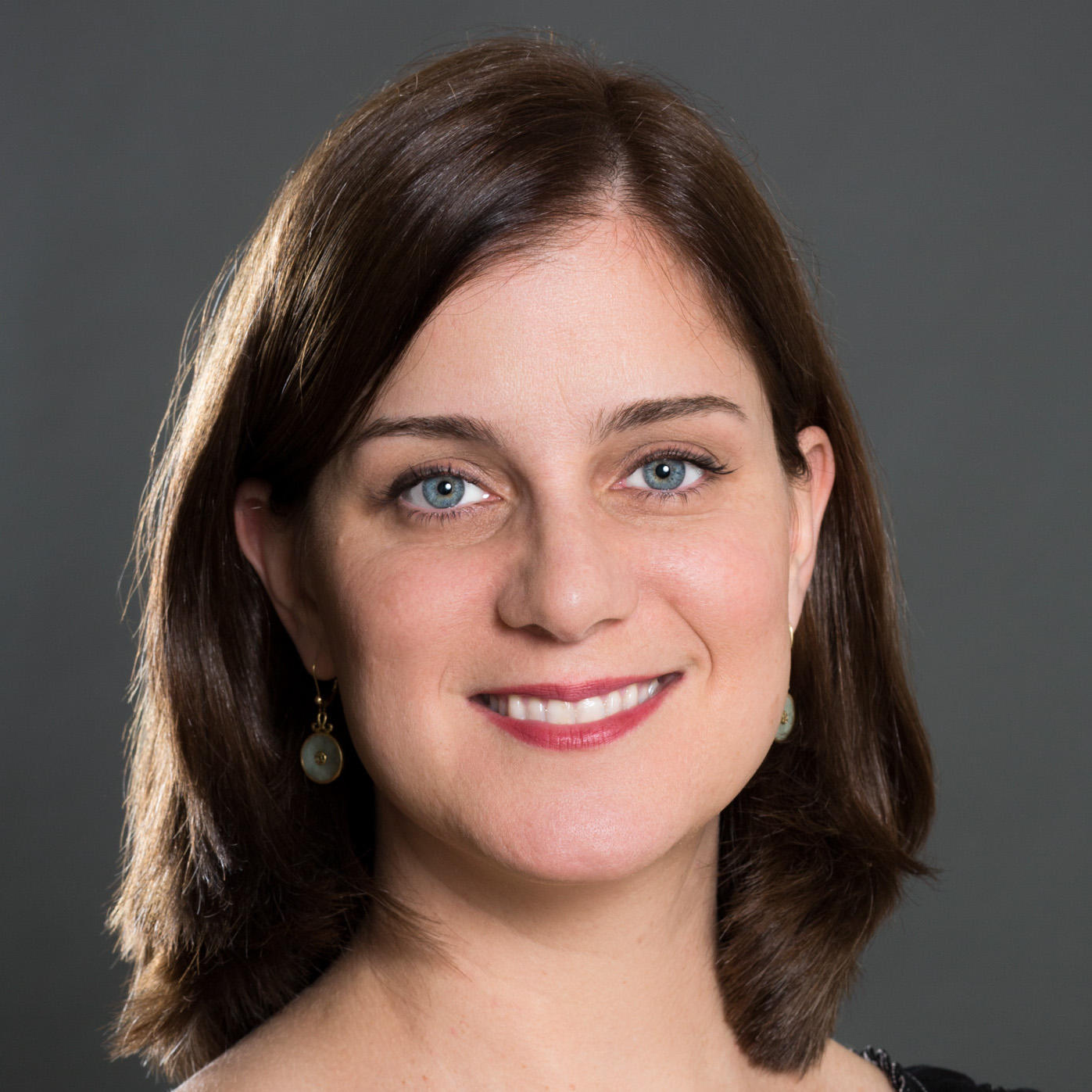|
|
|
| PI: Sandy Wells, PhD | Co-PI: Lauren O’Donnell, PhD |
Modern brain imaging provides vastly more information than before. While this information is of tremendous benefit to patients, the radiologist’s workload has increased with higher resolutions and increasing numbers of images to interpret. Furthermore, rare brain malformations, rare diseases, and brain abnormalities that are diffusely manifested or are symmetric across hemispheres can pose particular challenges to the radiologist. Despite the rich information content of hospital image archives, there is no clinically available way to automatically leverage the large volume of prior cases at the same hospital to aid radiological reads. Toward the long-term goal of developing machine learning systems for clinically assisted reads, the Image Features for Brain Phenotypes TR&D will investigate 3D brain image features for description of healthy versus non-healthy brain phenotypes. Image features are representations of image contents that have the following advantages: they are compact, informative, facilitate fast search, and enable machine learning analyses of large datasets. Even in an era of impressive massively parallel computers, these advantages enable clinical problem solving that would otherwise be infeasible in practice due to problem size and complexity. Overall, our proposed feature-based image analysis technologies have the potential to identify image phenotypes describing particular malformations for clinically aided reads or radiological teaching, to identify similar cases to aid patient counseling, and to enable detection of population substructure in disease.


